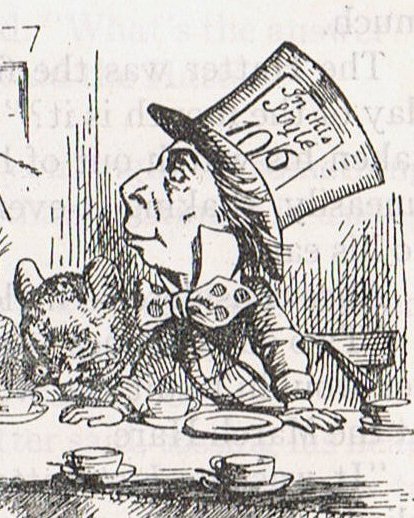196. There was indeed a kind of 'world wide web' constructed from numbers and ideas - as from mud bricks and mortals:
... and then, with stunning abruptness, at a crucial date that can be almost precisely fixed at 3200 BC (in the period of the archaeological stratum known as Uruk B), there appears in this little Sumerian mud garden - as though the flowers of its tiny cities were suddenly bursting into bloom - the whole cultural syndrome that has since constituted the germinal unit of all the high civilization of the world ... "The mayor in Gdansk, Jan Hevelcke (Lat. Hevelius), gave in his book Prodromus names to some areas in the sky where there were only few stars. This was in the year1690, when there were no internationally recognized borders for the constellations, which led to much confusion. Therefore they wanted to fill out the empty spaces with new small constellations. This way the Sextans, a type of instrument which Hevelius himself had built, a place both in the sky and in the modern star catalogues ..." (Klepeta) You can measure a circle beginning anywhere and evidently you could also quickly leap frog from one place in this cosmic web to another - at least from certain well defined key points of connection - given that you had the necessary knowledge. ... Space and time are a single, related concept in Runasimi [the language of the Inca people], represented by one word, pacha, which can also mean 'world' and 'universe'. The image of time familiar to Waman Puma was static and spatial: one could travel in time as one travels over earth - the structure, the geography, remaining unchanged. To him it does not matter that he shows Inka Wayna Qhapaq, who died in 1525, talking to Spaniards who did not arrive until 1532. Wayna Qhapaq was the last Inca to rule an undivided empire: he is therefore the archetype, and it must be he who asks the Spaniards. 'Do you eat gold?' ... ... Far away, the Mangaians of old (Austral Islands, Polynesia), who kept the precessional clock running instead of switching over to 'signs', claim that only at the evening of the solstitial days can spirits enter heaven, the inhabitants of the northern parts of the island at one solstice, the dwellers in the south at the other ... Considering the fact that the crossroads of ecliptic and Galaxy are crisis-resistant, that is, not concerned with the Precession, the reader may want to know why the Mangaians thought they could go to heaven only on the two solstitial days. Because, in order to 'change trains' comfortably, the constellations that serve as 'gates' to the Milky Way must 'stand' upon the 'earth', meaning that they must rise heliacally either at the equinoxes or at the solstices. The Galaxy is a very broad highway, but even so there must have been some bitter millenia when neither gate was directly available any longer, the one hanging in midair, the other having turned into a submarine entrance ... ... The ollave in ancient Ireland had to be master of one hundred and fifty Oghams, or verbal ciphers, which allowed him to converse with his fellow-poets over the heads of unlearned bystanders; to be able to repeat at a moment's notice any one of three hundred and fifty long traditional histories and romances, together with the incidental poems they contained, with appropriate harp accompaniment; to have memorized an immense number of other poems of different sorts; to be learned in philosophy; to be a doctor of civil law; to understand the history of modern, middle and ancient Irish with the derivations and changes of meaning of every word; to be skilled in music, augury, divination, medicine, mathematics, geography, universal history, astronomy, rhetoric and foreign languages; and to be able to extemporize poetry in fifty or more complicated metres. That anyone at all should have been able to qualify as an ollave is surprising; yet families of ollaves tended to intermarry; and among the Maoris of New Zealand where a curiously similar system prevailed, the capacity of the ollave to memorize, comprehend, elucidate and extemporate staggered Governer Grey and other early British observers ... I guess the strange jumping across from morning to evening and back again of the face of the planet Venus had been found necessary to integrate into the ancient ideology of Cosmos. And from there it evidently had to spread for instance to the behaviour of the Sun. ... What might lie behind this statement is revealed by a contemporary Mopán Maya tale in which Lord K'in (the sun) goes from his home in the east to the center of the sky and then back to the east again; it appears that he goes clear across the sky because he has placed a mirror at its center. To interpret the movements of the sun in this manner is to model it on Venus as morning star, which both rises and sets in the east ...
A quick look at these 24 (→ 48 / 2) panels above immediately reveals a basic structure, where each figure returns again and again in a cycle of 5. This must have been noticed already at the very beginning when piercing eyes began to look at the night sky with interest. The phenomenon was expressed on the stage of the path of the planets.
These 5 figures performed by Venus were numerically related in a very special way. We have for instance recently once again looked at 236:
And then we found a possible place for number 27 in the Sun calendar to complement 27 = 263 - 236 in the orbit of Venus: ... Thus, from the 2nd star in the uplifted left back paw of Ursa Major (μ, Tania Australis) at Ga4-9 (92) up to and including the equinox in March 21 (Ga5-8, 236 / 2) there were 27 dark nights:
The Venus difference 263 - 236 = 27 ought to come either immediately before or immediately after these 236 morning star nights. Reflecting back from the cycle of the Sun it seems reasonable to assume 263 = 27 + 236 rather than 263 = 236 + 27. Because after 27 days would come the northern spring equinox. In a way there were 27 dark nights to be explained, and they seemed to arrive just before the reappearance of the Sun in his yearly course. 8 (truly nights of Venus absent) + 27 (ideally absent Venus days) = 35 → *350 / 10.
... The ollave in ancient Ireland had to be master of one hundred and fifty Oghams, or verbal ciphers, which allowed him to converse with his fellow-poets over the heads of unlearned bystanders; to be able to repeat at a moment's notice any one of three hundred and fifty long traditional histories and romances, together with the incidental poems they contained, with appropriate harp accompaniment ...
But then we ought add also the Venus difference 263 - 250 = 13, which will result in 35 + 13 = 48. ... Ptolemy scientifically followed with those now known as the ancient forty-eight, in the 7th and 8th books of the Syntaxis, twelve of the zodiac with twenty-one northern and fifteen southern, made up by 1028 [= 2 * 514] stars, including 102 αμόρφωτοι, all probably from Hipparchos, although with some acknowledged alterations by himself ... Which implies we should count 13 days (glyphs) back prior to the day of the Ghost of Jupiter (Gb2-20). Gb2-20 (August 24, 236) - 13 = 223 (Gb2-7):
|
||||||||||||||||||||||||||||||||||||||||||||||||||||||||||||||||||||||||||||||||||||||||||||||||||||||||||||||||||||||||||||||||||||||||||||||||||||||||||||||||||||||||||||||||||||||||||||||||||||||||||||||||||||||||||||||||||||||||||||||||||||||||||||||||||||||||||||||||||||||||||||||||||||||
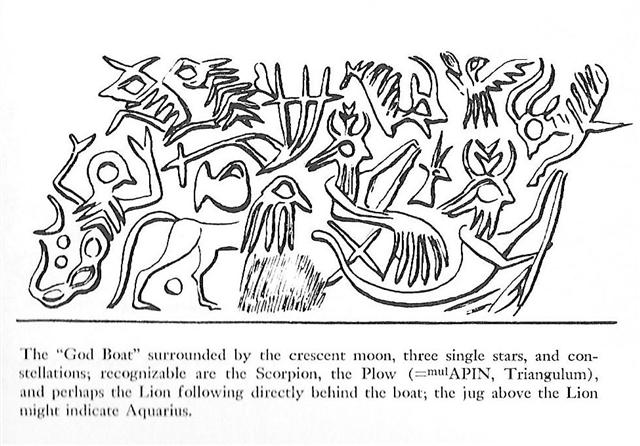
.jpg)
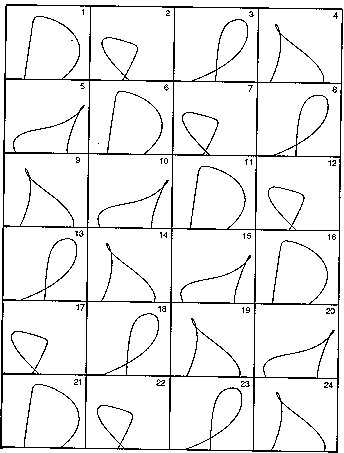
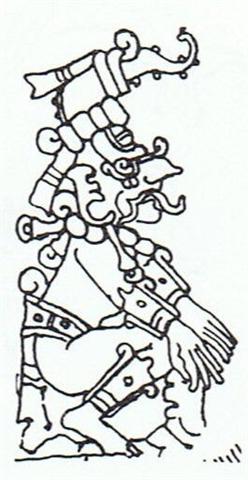




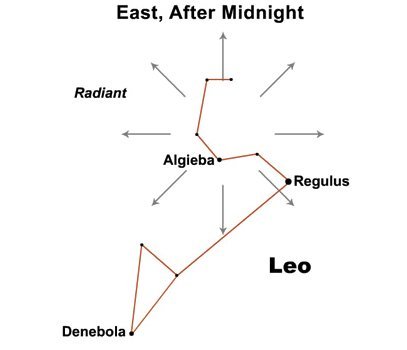




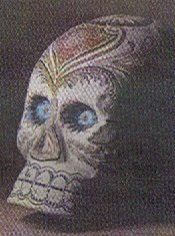

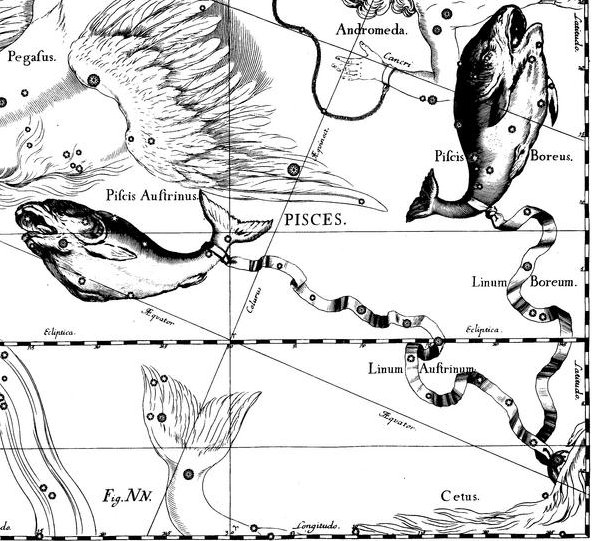
.jpg)











